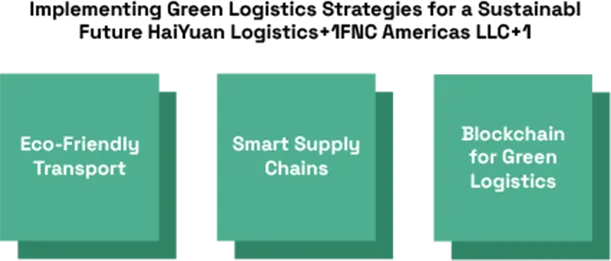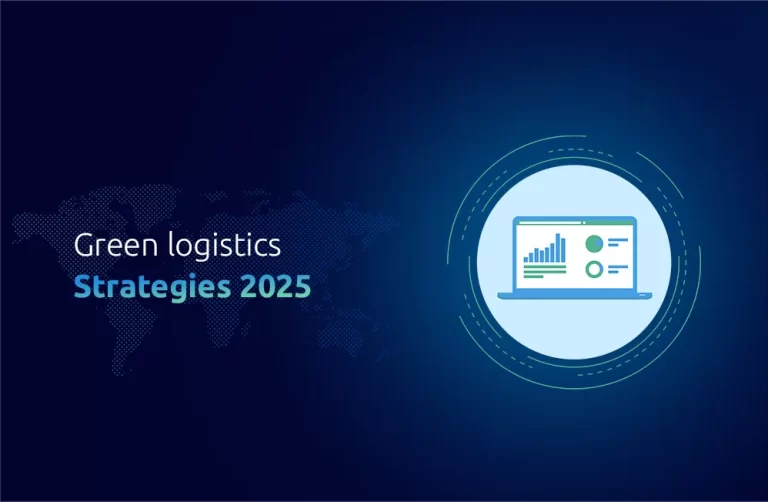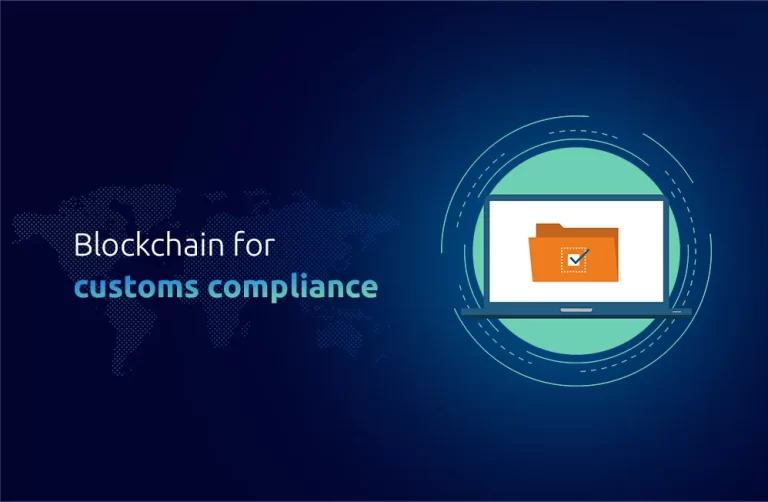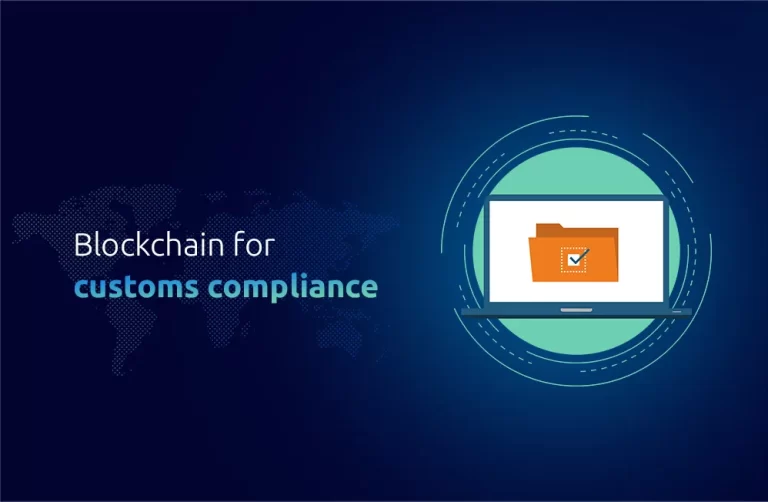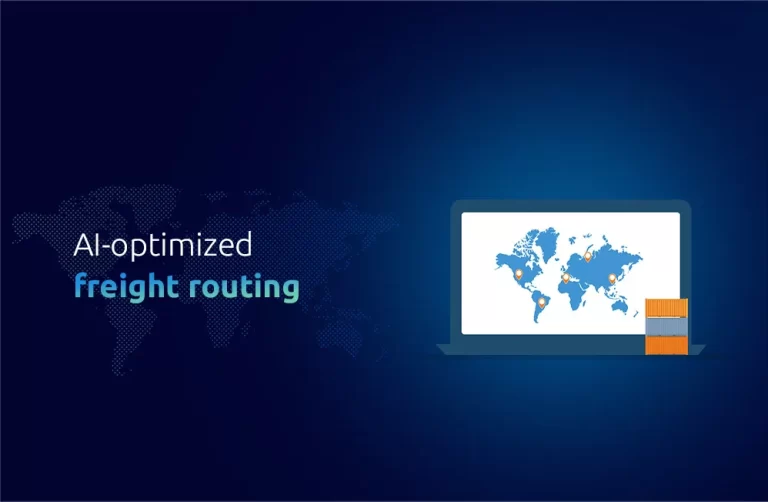Introduction
As more people become concerned about the environment, companies across every sector are increasingly prioritizing sustainability. Logistics supports sustainability by dramatically reducing a company’s impact on nature & helping lessen its carbon footprint. Putting sustainable logistics in place allows organizations to improve their function, boost efficiency, and meet more demand for eco-friendly actions.
Sustainable logistics combines efficient transport with the need to protect nature. A company can try to cut emissions, plan shipping routes more efficiently, and use ecological technology to accomplish a more sustainable supply chain. Over the next few years, companies prioritizing sustainability will gain a competitive edge over less sustainable counterparts. In this blog, we’ll look at why businesses need Sustainable logistics, what should be included in these strategies, and how companies can achieve a brighter and greener future.
Why Sustainability in Logistics Matters
Business sustainability has gone from being only trendy to essential for every business. More effort worldwide to address climate change, together with consumers wanting eco-friendly products and services, is making it necessary for logistics to become more sustainable. Market findings indicate that more than 70% of consumers support firms that focus on sustainability. Change is important because it helps companies compete better & contribute positively. Companies that meet environmental goals through better efficiency often enjoy improved standing in the market and a better reputation.
Logistics & transportation are big contributors to carbon emissions. Because of this, lowering pollution from vehicles, warehousing, & packaging materials is a top goal for businesses that want to protect the environment. Besides, making logistics more sustainable requires less waste, better resource usage, & clean energy. As 2025 gets closer, companies will work harder to make their supply chains greener because rules & targets related to sustainability are becoming tougher worldwide. No doubt, using environmentally friendly logistics improves business practices as well.
Key Com.ponents of Sustainable Logistics Strategies
In order to establish an environmentally friendly logistics strategy, an overarching view on transport, warehousing, packaging, and technology will be needed since all these components are determining factors in sustainability. Sustainable transportation options like switching to fuel-efficient cars, transitioning to electric vehicles or hybrid trucks, and using alternative fuels reduce emissions and save money in the long run. By minimizing the distance travelled, route optimization software can bring down fuel consumption even more.
Another key category is energy-efficient warehousing, where projects range from installing LED lighting, solar panels & energy-efficient HVAC systems to automation to guarantee goods are stored & distributed to maximize storage capacity and minimize energy use. Environmentally friendly packaging, like biodegradable and recyclable packaging, reduces waste and creates a stronger commitment toward the circular economy and an eco-friendly brand image.
Lastly, the approach is carbon footprint focused, leveraging companies to account for and work through GHG emissions across the supply chain, including production through to final delivery. With software solutions, companies can closely watch their carbon footprints & simplify operations to minimize emissions and manage resources effectively.
The Role of Technology in Sustainable Logistics Practices
Technology & the Future of Green Logistics As logistical companies continue to set high standards for sustainability, technology is pivotal in making the changes happen. The 2025 logistics technology trends focus on the tools and systems that drive sustainability through the supply chain. Sustainable logistics software is one of the most potent weapons for achieving green logistics objectives. The software enables businesses to monitor fuel usage, emissions, and general efficiency, offering key insights that can be used to make more sustainable choices.
IoT is also a new technology that has changed green logistics. Companies are using IoT sensors built into vehicles, warehouses, & goods to monitor the goods’ real-time temperature, humidity, and location. This knowledge can help businesses better manage their process, resulting in less wasteful transport and more efficient transportation of the products.
The blockchain is also deeply involved in developing more transparent, efficient supply chains. By allowing secure & accountable tracking of goods, blockchain guarantees businesses the power to trace each supply chain connection from production to consumption. The transparency will enable businesses to focus on opportunities to make their operations more sustainable and less harmful to the environment and the communities in which they work.
Conclusion
Green logistics in the era of sustainability and globalization. With the world making progress toward sustainability and away from the oil peak, environmentally friendly approaches to the economy have become more needed for businesses that want to stay competitive, ethical, and environmentally friendly. Choosing green transportation alternatives, increasing energy efficiency in warehousing, and using environmentally friendly packaging can lessen your impact on the environment, help streamline operations, and enhance the bottom line. One Union Solutions is dedicated to guiding businesses toward sustainable logistics & achieving excellence in more efficient business operations.
Did You Know,
According to government research, nearly 60% of global supply chains are expected to implement sustainable logistics strategies by 2025, with an increasing focus on carbon footprint reduction and eco-friendly packaging.
FAQ’s
What is logistics sustainability?
When and why logistics is sustainable. Sustainable logistics is about adopting measures to minimize the environmental effects of logistics operations as much as possible. Usually, it is focused on eco-friendly transport, green distribution centres, and green packaging.
How can logistics service providers limit their carbon footprint?
Logistics firms can cut their carbon emissions by designing efficient routes, switching to electric or hybrid vehicles, using sustainable packaging, and boosting warehouse energy efficiency.
How do technology and green logistics work together?
Technology is brought in to help in the form of sustainable logistics software, IoT sensors that enable real-time data creation, AI to optimize routes, and so on, to drive further efficiencies and cut emissions.
What are the advantages of green logistics strategies?
Advantages include reduced environmental damage, lower operational expenses, better efficiency, and increased customer loyalty as people increasingly favour sustainability-conscious companies.
What are the impediments to firms implementing green logistics?
Obstacles and Challenges include the high cost of entry to green technologies, including electric vehicles and energy-efficient systems, and the lack of developed infrastructure that supports such sustainable efforts.



